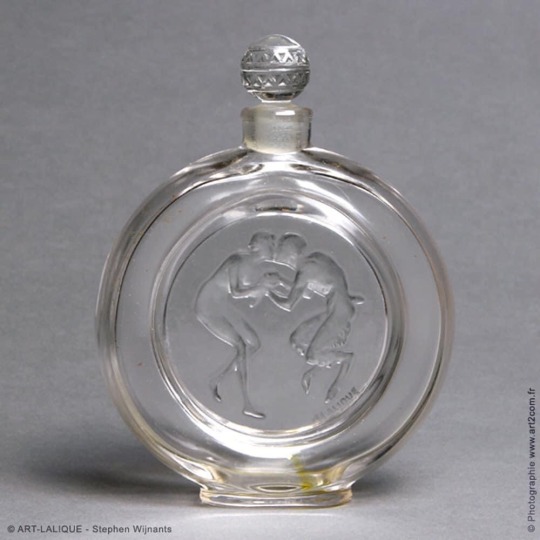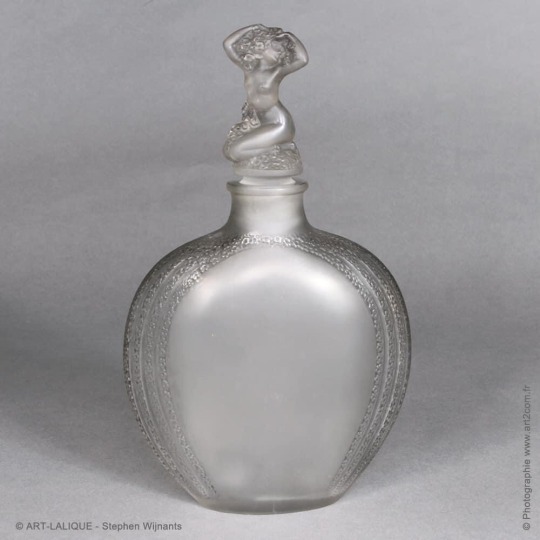#Designed by René Lalique
Text

Dragonfly Pendant
Designed by René Lalique
Art Nouveau
c. 1900
#René Lalique#art#artist#design#jewelry#designer#jewelry design#art nouveau#Dragonfly Pendant#c. 1900#dragonfly#pendant#lalique#Designed by René Lalique
6K notes
·
View notes
Text
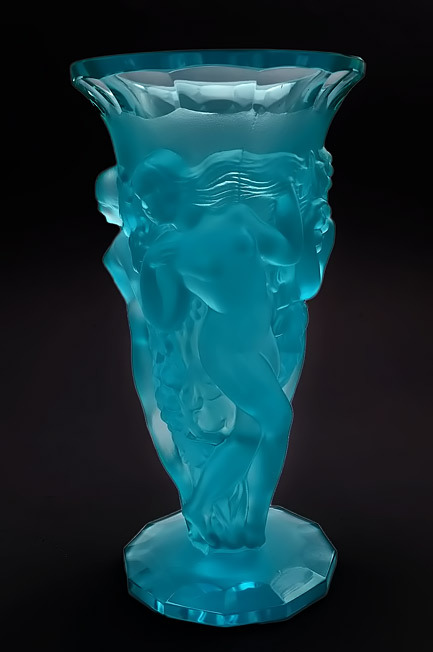
René Lalique • Bohemian Art Deco Vase with female figures in aquamarine frosted crystal glass.
354 notes
·
View notes
Text
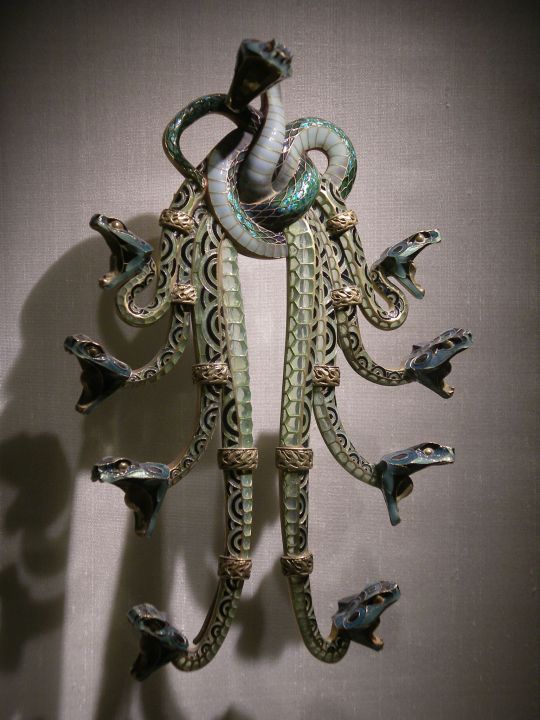
‘Serpents’ corsage ornament by René Lalique, 1889-1900,
A pectoral composed of 9 serpents entwined to form a knot from which the bodies of the other eight fall in a cascade, with the ninth rising in the centre, at the top of the jewel.
Gold and Enamel work,
H. 21 cm; W. 14.3 cm
Gulbenkian Museum
#art#overdose#gold#jewellery#design#jewelry#luxurious#fashion#luxurylifestyle#snake#serpent#ornament#rené lalique#gulbenkian museum#enamel jewelry#enamel#1900s
371 notes
·
View notes
Photo

René Lalique
pendant
ca. 1898-1900
69 notes
·
View notes
Photo

René Lalique
Formose vase
Blown-moulded jade green glass.
Signed R. LALIQUE on the underside.
17 x 17 cm ; 6 3/4 x 6 3/4 in.
Designed in 1924.
#René Lalique#René Lalique Formose vase 1924#french designer#glass#green#art#artist#art work#art world#art news
82 notes
·
View notes
Text

US Vogue October 1977 💜💜💜💜💜
Saint Laurent's bloused-on-adrawstring dress… worn by Catherine Deneuve. Photographed by Helmut Newton
The most blousing for day, right - over a drawstring at the hipin violet angora jersey, with a giant hood, shirred batwing, sleeves. (N.B.:the ankle-wrapped high-heeled shoe; the mink-trimmed musketeer gloves-new Saint Laurent_touches!)… New Deneuve on-film: March or Die. Location here: one of the old wagon-lit compartments, with panels by René Prou and René Lalique, auctioned by Sotheby's in Monte Carlo…. Hair, Edwina; makeup, Thibault. Both Carita.
Photo Helmut Newton
vogue archive
#us vogue#october 1977#fall/winter#seventies#fashion 70s#yves saint laurent#saint lauren paris#ysl#french designer#french style#catherine deneuve#french icon#french actress#blond girl#helmut newton#christophe carita#rené prou#rené lalique
60 notes
·
View notes
Text
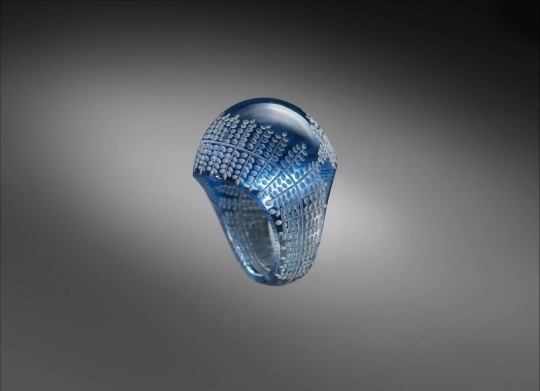
Blue glass ring by René Lalique, French, c. 1931.
An interesting fact about the Blue Glass Ring by René Lalique, is that it exemplifies Lalique’s mastery of glasswork and his innovative approach to jewelry design during the Art Deco period. Lalique, a renowned French artist and master glassmaker, was celebrated for his pioneering use of glass as a medium for creating exquisite jewelry and decorative objects.
The Blue Glass Ring, with its intricate craftsmanship and striking blue hue, showcases Lalique’s signature style, characterized by the fusion of natural motifs, geometric forms, and a distinct sense of fluidity and elegance.
This particular piece stands as a testament to Lalique’s enduring legacy as a trailblazer in the world of decorative arts, leaving an indelible mark on the history of jewelry design and craftsmanship.
Words: Intruiging
#art#design#fashion#women's fashion#ring#glass#blue#rené lalique#glasswork#art déco#decorative arts#craftsmanship#jewellery#jewelry
4 notes
·
View notes
Text

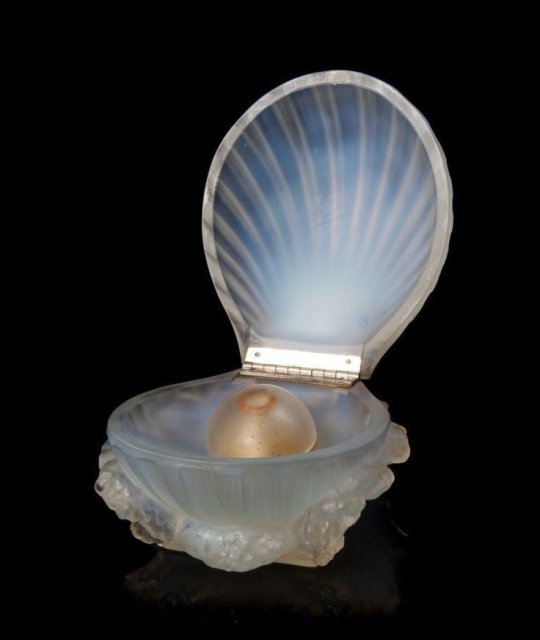
perfume bottle design by René Lalique
7 notes
·
View notes
Text
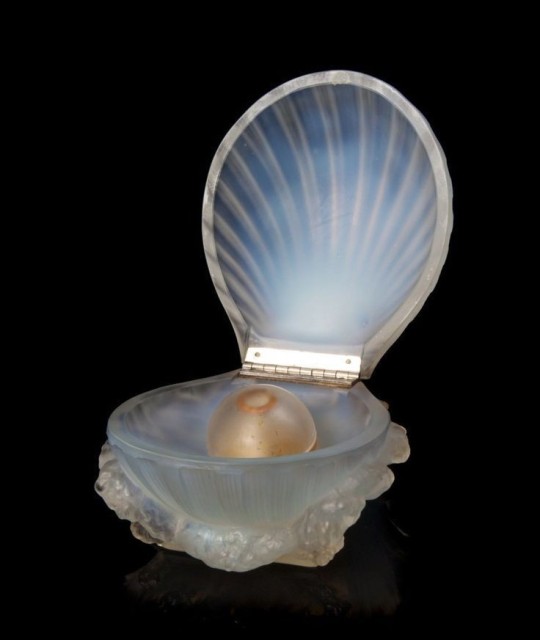

René Lalique's 1936 perfume bottle design for Trésor de la Mer
23K notes
·
View notes
Text

Art Nouveau Pendant
René Lalique
ca. 1899-1901
645 notes
·
View notes
Photo

design by rené lalique
152 notes
·
View notes
Text

Renée Lalique • Opalescent yellow glass Suzanne statuette • c. 1925
#art#art glass#renée lalique#french designer#designer glass#glass statuette#opalescent glass#lalique glass studio#decorative arts#early 20th century decorative arts#vintage glass#art nouveau
95 notes
·
View notes
Text


Brooch
Marcus & Co. (New York City, New York)
c.1900
This exquisite brooch is one of the few extant examples of plique-à-jour jewelry made by the New York firm of Marcus & Co., whose reputation at its prime rivaled that of Tiffany & Co. Herman Marcus (1828–99), a German–born and Dresden–trained jeweler, arrived in New York in 1850 and worked for a number of prestigious firms before establishing Marcus & Co. in 1892. Following his death, the company continued under the direction of his two sons, George Elder Marcus and William Marcus.
The brooch is a superb example of Marcus & Co.’s work in plique-à-jour enameling, in which the "cells" of color have no backing, allowing light to shine through the transparent enamel, thereby creating the effect of stained glass. One of the only jewelry firms of its day to succeed at this challenging technique, Marcus & Co. followed the lead of such innovative French designers as René Lalique. The sensitive 3-dimensional sculpting of the sweet pea blossoms and leaves, as well as the naturalistic coloring of the enamels, reflects the Art Nouveau aesthetic that prevailed at the turn of the century. Indeed, close parallels can be drawn with the brilliant naturalistic work of Louis Comfort Tiffany, whose oeuvre is so well represented in the Met’s collection.
The MET (Accession Number: Accession Number: 2016.107)
#brooch#jewelry#art nouveau#art history#1900s#turn of the century#fashion history#historical fashion#marcus and co#united states#floral#green#pink#enamel#pearl#diamond#gold#the met#images are pretty big HIGHLY recommend opening in a new tab
784 notes
·
View notes
Photo
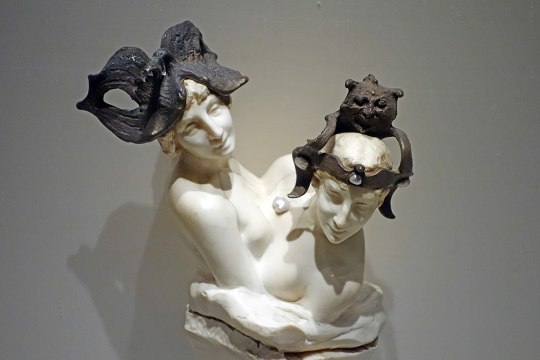
René Lalique
Entwined figures
paperweight
ca 1902
28 notes
·
View notes


